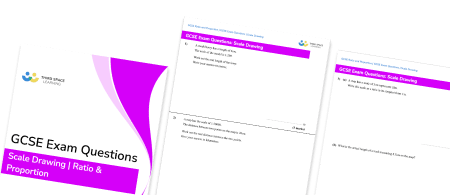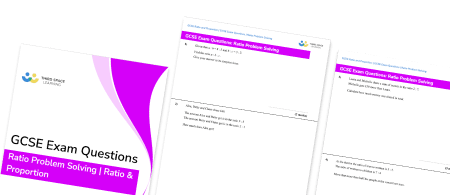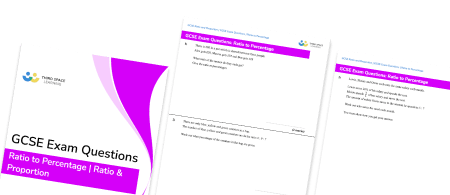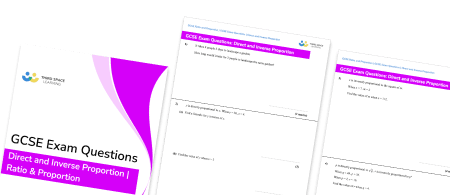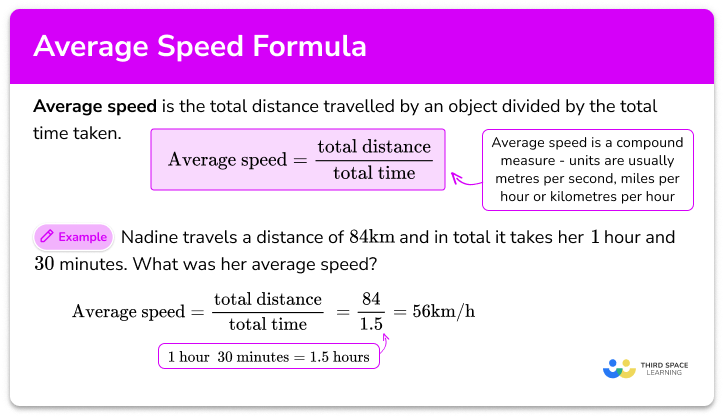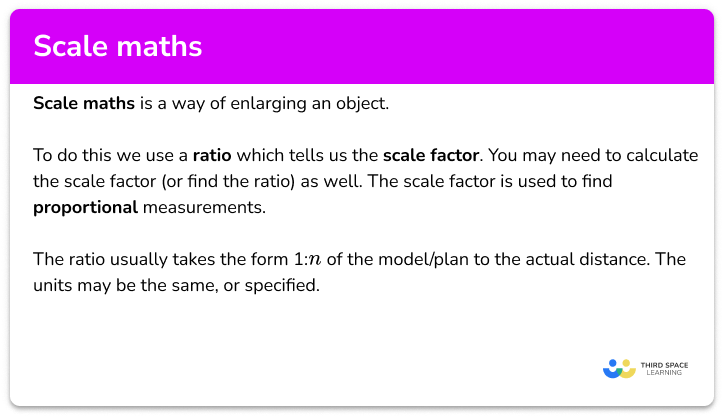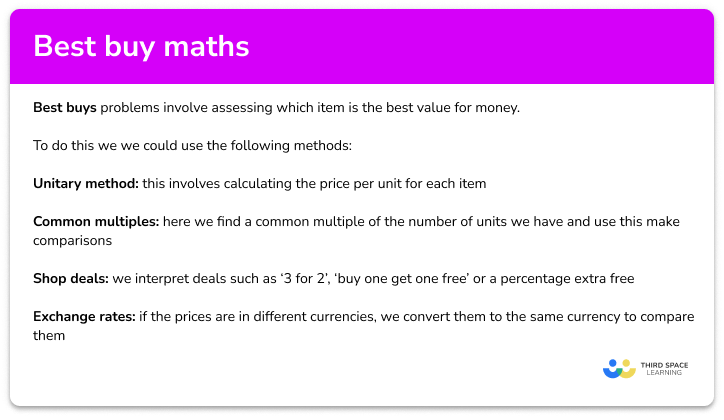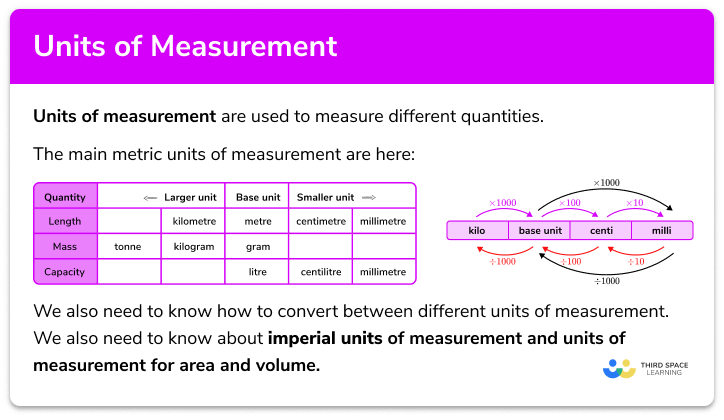FREE DOWNLOAD
Metric Conversion Worksheet

Help your students prepare for their Maths GCSE with this free metric conversion worksheet of 34 questions and answers
- Section 1 of the metric conversion worksheet contains 27 skills-based metric conversion questions, in 3 groups to support differentiation
- Section 2 of the metric measurement worksheet contains 3 applied metric conversion questions with a mix of word problems and deeper problem solving questions
- Section 3 of the metric units worksheet contains 4 foundation and higher level GCSE exam style metric conversion questions
- Answers and a mark scheme for all metric conversion questions are provided
- Questions follow variation theory with plenty of opportunities for students to work independently at their own level
- All PDF worksheets are created by fully qualified expert secondary maths teachers
- Suitable for GCSE maths revision for AQA, OCR and Edexcel exam boards
Metric conversion at a glance
Metric unit conversion involves converting between metric units of measurement, for example between centimetres and millimetres, which are metric units of length. Converting to a larger unit or a smaller unit might be done to make the measurement easier to understand or to perform calculations.
We use metric measurement units for length, area, volume, mass and capacity. In order to convert metric measurements, we need to know the conversion rates for different units . For example, the metric conversions for converting units of length are 1km=1000m , 1m=100cm and 1cm=10mm . It can be helpful to look at a conversion chart which shows these values.
The metric system uses different prefixes to mean different things. Examples of these prefixes are milli, centi and kilo. Wherever kilo is used, for example, it means 1000 of the unit. 1kg=1000g and 1km=1000m .
Looking forward, students can then progress to additional conversions worksheets and other ratio and proportion worksheets, for example a ratio worksheet or a simplifying and equivalent ratios worksheet.

For more teaching and learning support on Ratio and Proportion our GCSE maths lessons provide step by step support for all GCSE maths concepts.
Do you have students who need additional support?

With Third Space Learning's secondary maths tutoring programmes, students in Year 7-11 receive regular one to one maths tutoring to address gaps, build confidence and boost progress.
"My confidence in the tutoring is high. We've had some phenomenal results. I even had one girl get a Grade 8 this year; she came to every tutoring session."
Stacey Atkins, Maths Director, Outwood Grange Academies Trust

